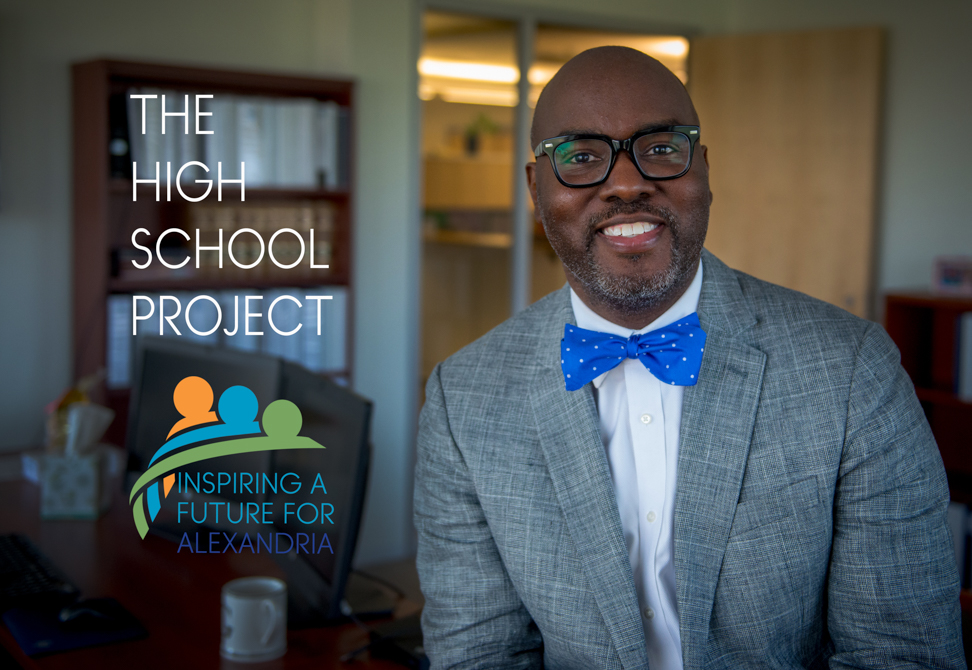Phase two of the High School Project is gearing up as the school year winds down. There won’t be any lazy days for the teams coming together to develop more learning options and new pathways for students, nor for those trying to discern where students will learn.
On Thursday, the High School Project team presented work plans for the next several months to the School Board. Working in tandem, two teams will begin planning: one designing the educational programming for the future high school and the other focused on capacity, building needs and site analysis.
The educational design team will focus on building courses of study for an expanded T.C. Williams High School. They plan to keep students central as they develop course pathways that are engaging and can provide the skills and knowledge that graduates will need for an Alexandria of tomorrow. They will look at what courses are available to students now, what more can be offered, ways to expand college credit options, and they will look for how to incorporate internships and project-based learning — all of which are now required for high school graduation in Virginia.
The entire process will take up to two years for the educational design team to complete, but by September there will be enough information about what to pursue that we can then figure out the best way to use building space.
The second team will spend time looking for sites, land and building options that will support what is going to be taught and how 21st century students might interact and learn.
The school board has asked the team to compare their plans for a Connected High School Network with building a second comprehensive high school.
The Minnie Howard campus, once an elementary school but now used to teach 9th graders, is also slated for changes. In the future, 9th graders will be integrated with the rest of the high school students on T.C. Williams expanded campus or in two distinct high schools. Once the programming team figures out the best way to use the space at Minnie Howard, the renovations can begin.
Board members also learned about some of the trade offs they will need to consider if they want to have two comprehensive high schools instead of expanding T.C. Williams into a network of smaller learning environments. Because a second, distinct school would have significantly fewer students, they would not be able to offer the breadth of courses, choices and learning options to students. The board would also have to examine how to assign students throughout the city to each school in a way that keeps equity of opportunity central.
An expanded T.C. Williams approach that would house specialty courses at a few locations with core studies and traditional CTE at the King Street campus would allow the greatest number of offerings because it would have such a large student body and the most flexibility.
Current city and school projections expect student enrollment at T.C. to grow to 5,000 in the near future, but the projections could change in later years and enrollments could shrink. The Connected High School Network approach allows the system to adapt more easily without leaving behind a large building.
From July 2018 to January 2019, in consultation with the larger community, ACPS developed the core values and vision for the High School Project. This led to Superintendent Dr. Gregory C. Hutchings, Jr.’s recommendation that the City expand T.C. Williams High School into an innovative Connected High School Network.
For more in-depth information, see the presentation slides (PDF), watch the video, or view the The High School Project web page.

